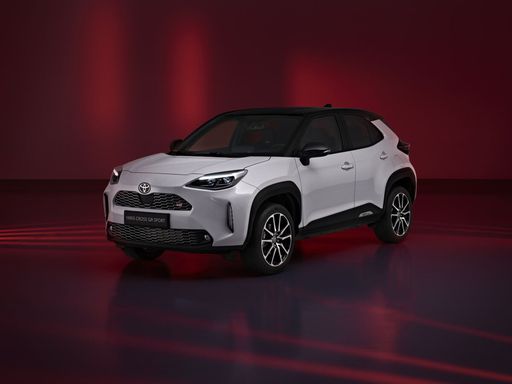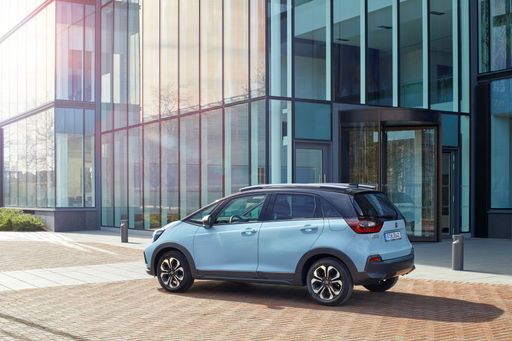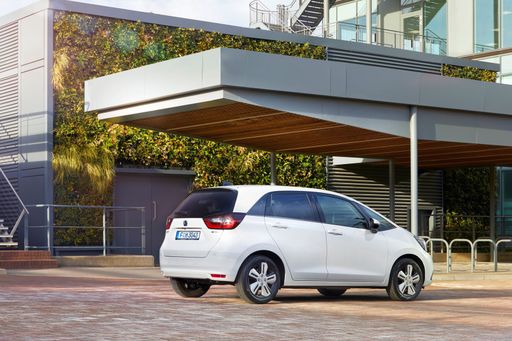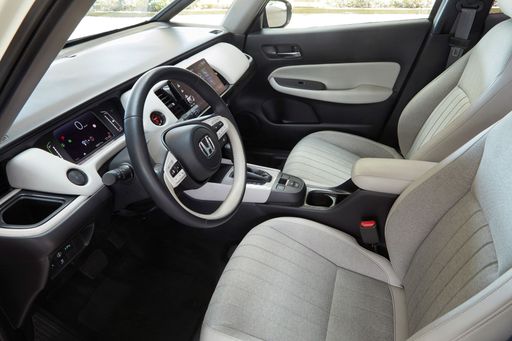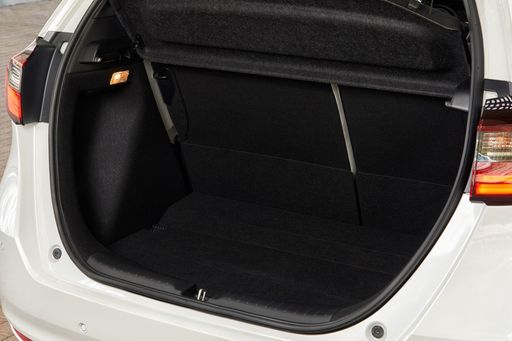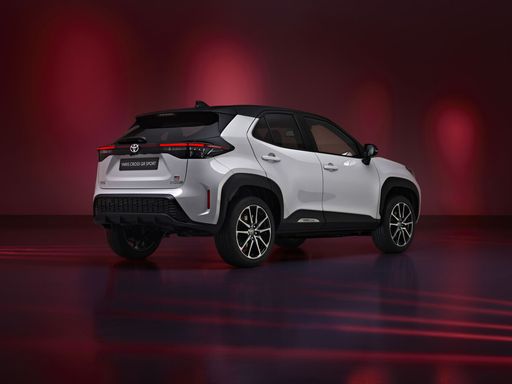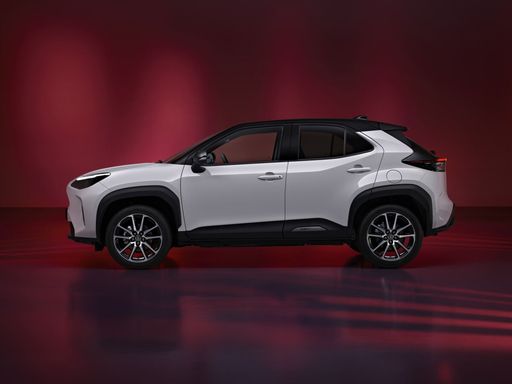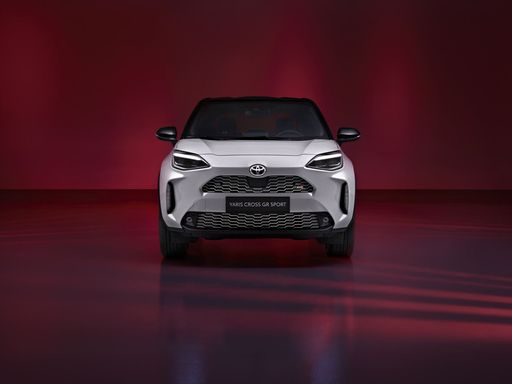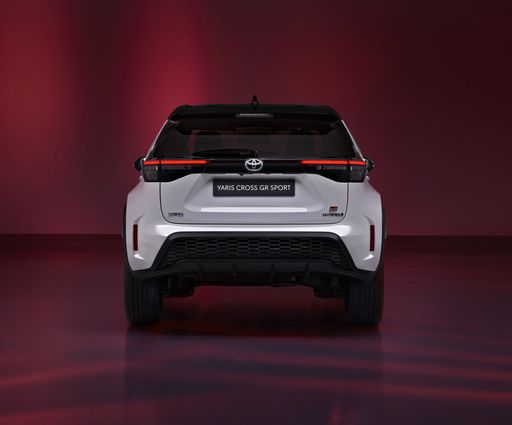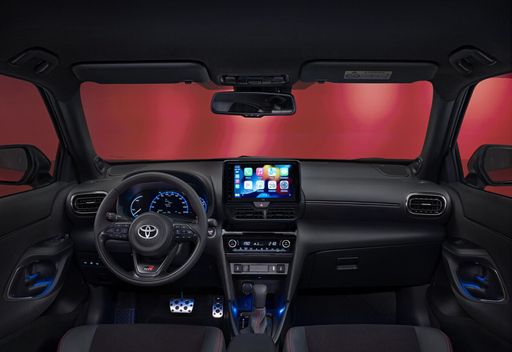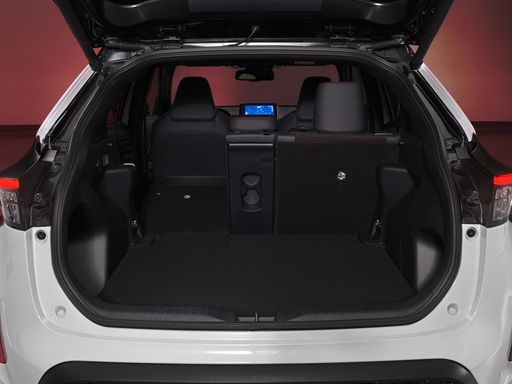City Smarts and Daily Driving
Both cars feel built for the daily grind, but they approach it from different angles: one is all about nimble city manners and easy parking, the other trades a bit of compactness for a more upright, SUV-like presence that reassures in traffic. Steering is communicative in one and reassuringly composed in the other, so your choice will depend on whether you enjoy flicking through lanes or prefer to sit a little higher and see the world. Controls and visibility are friendly in both, making rush-hour survival less stressful than it often feels.

